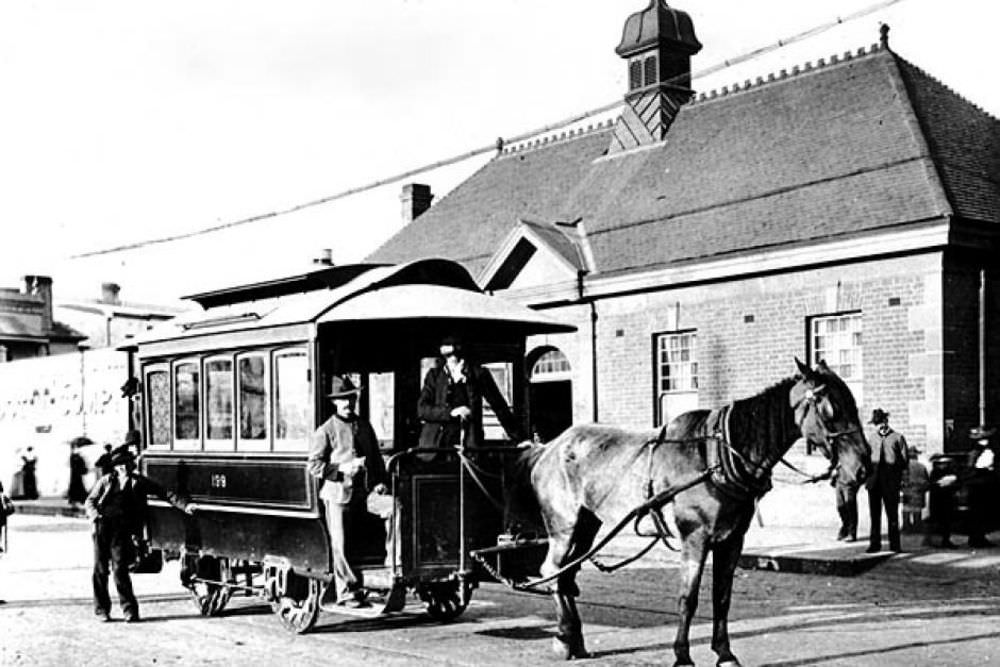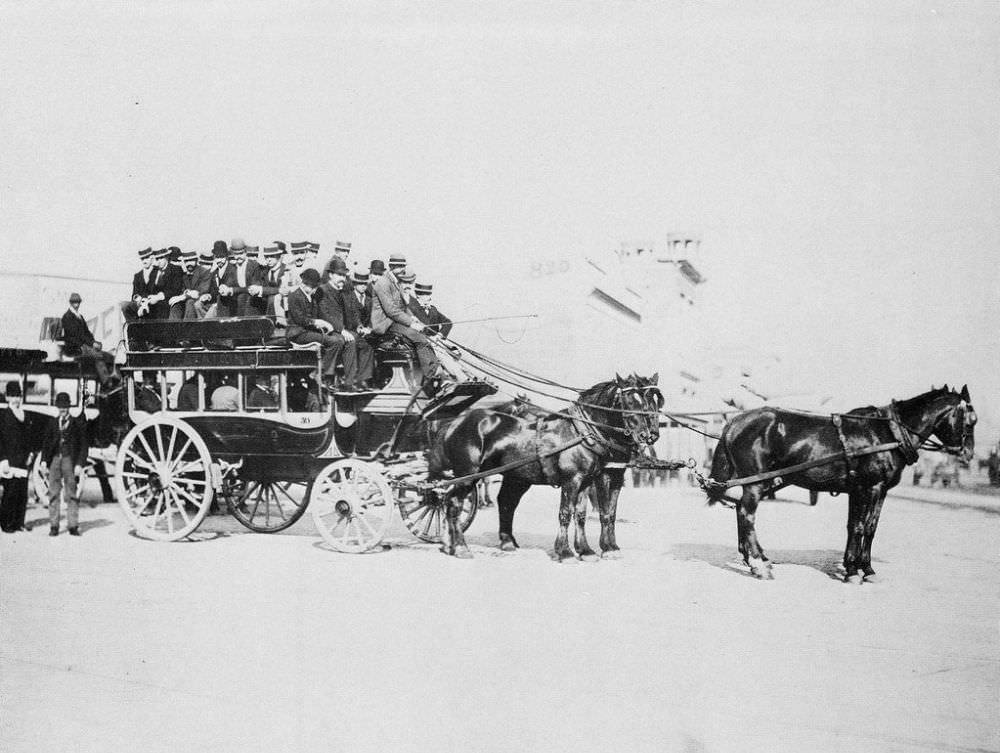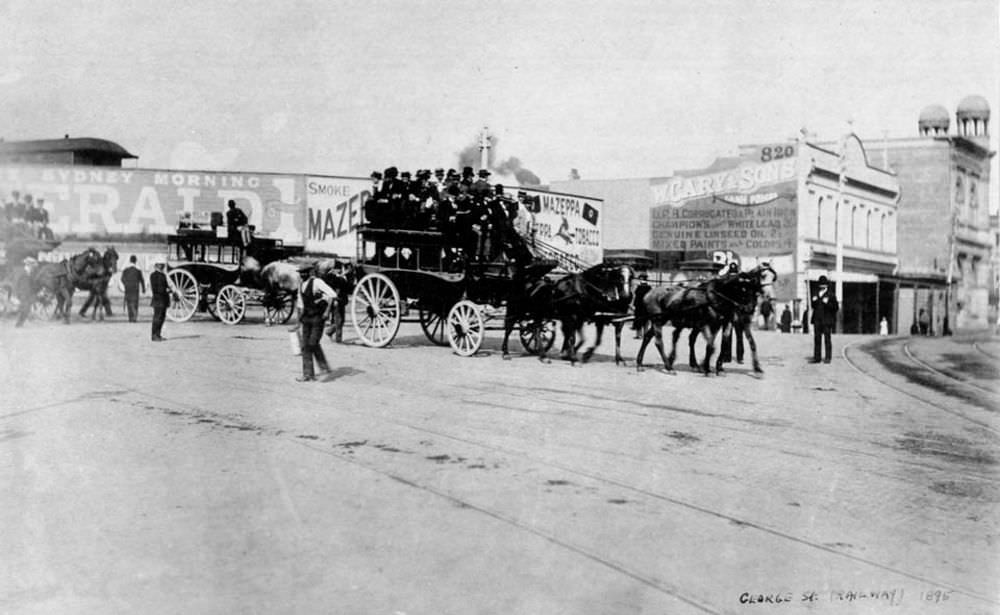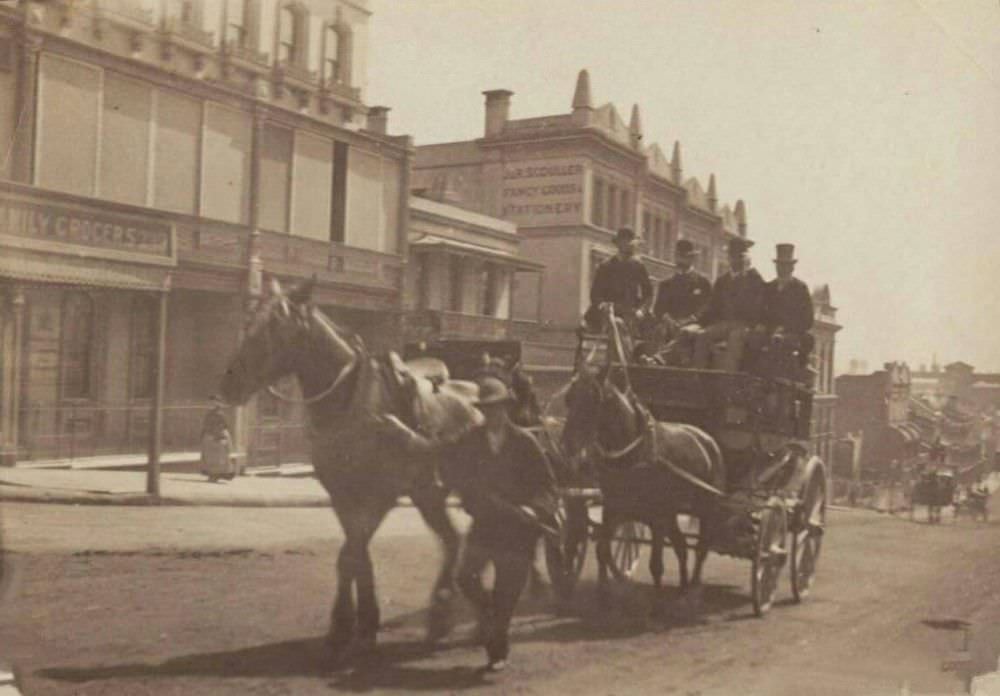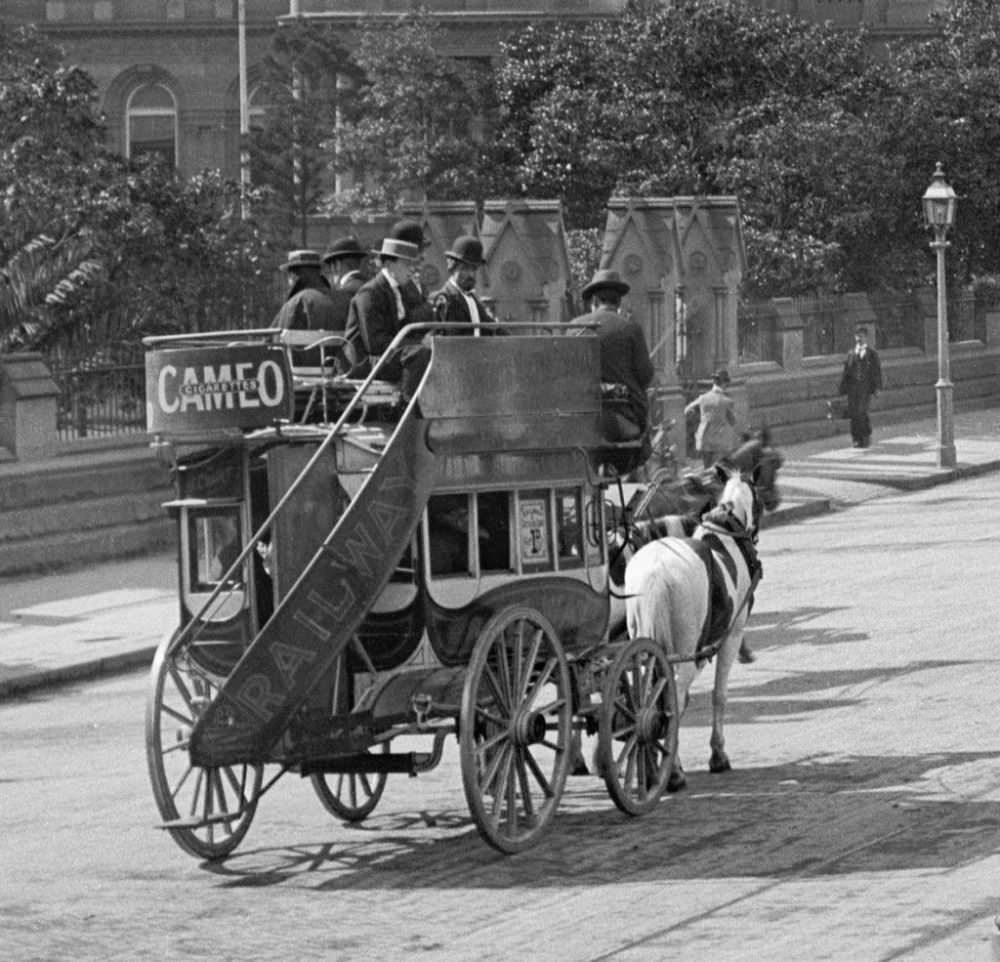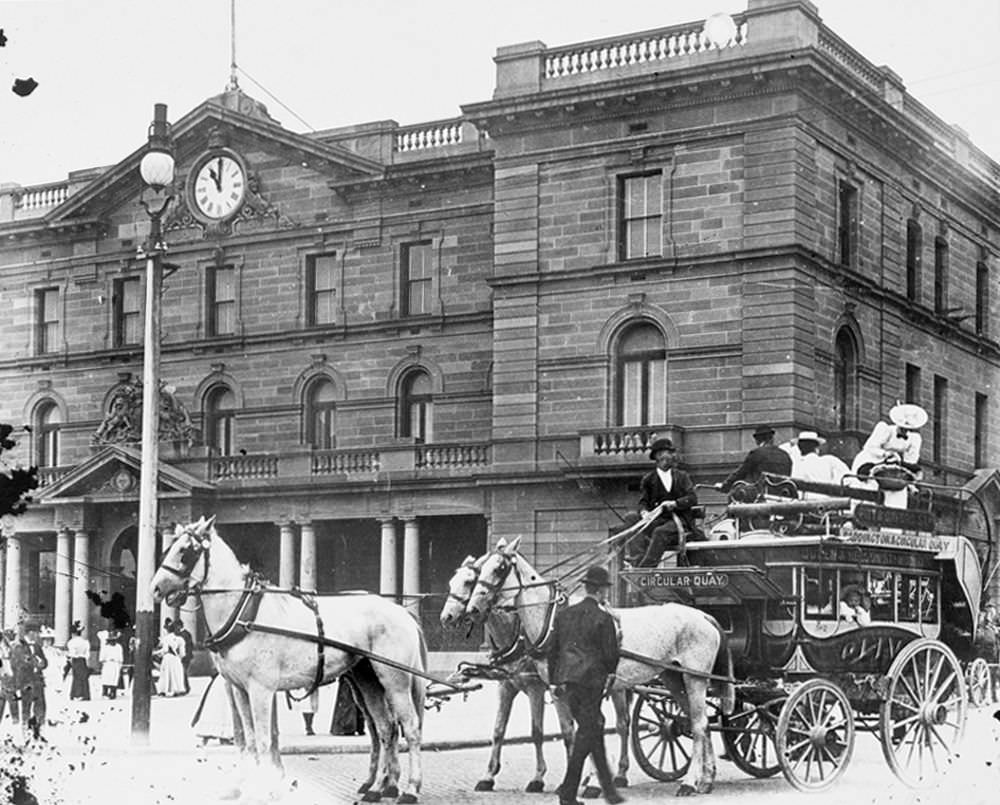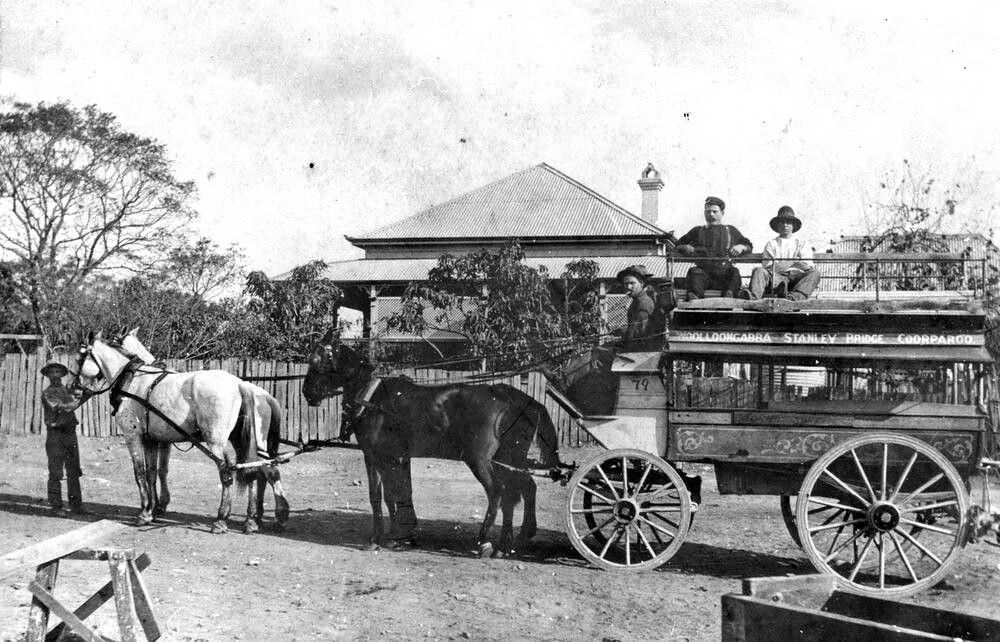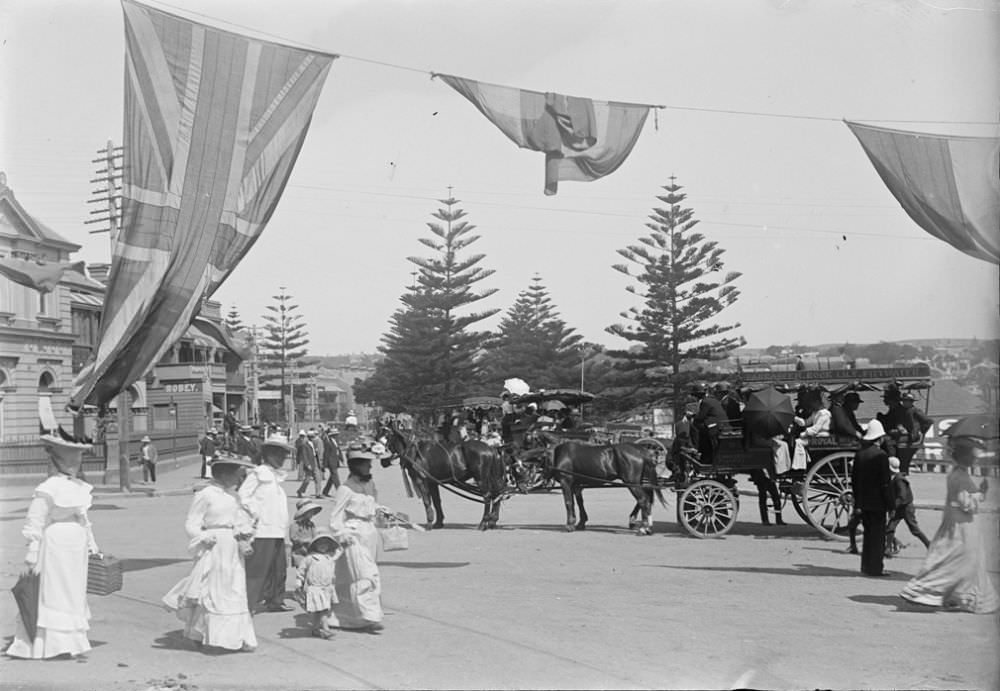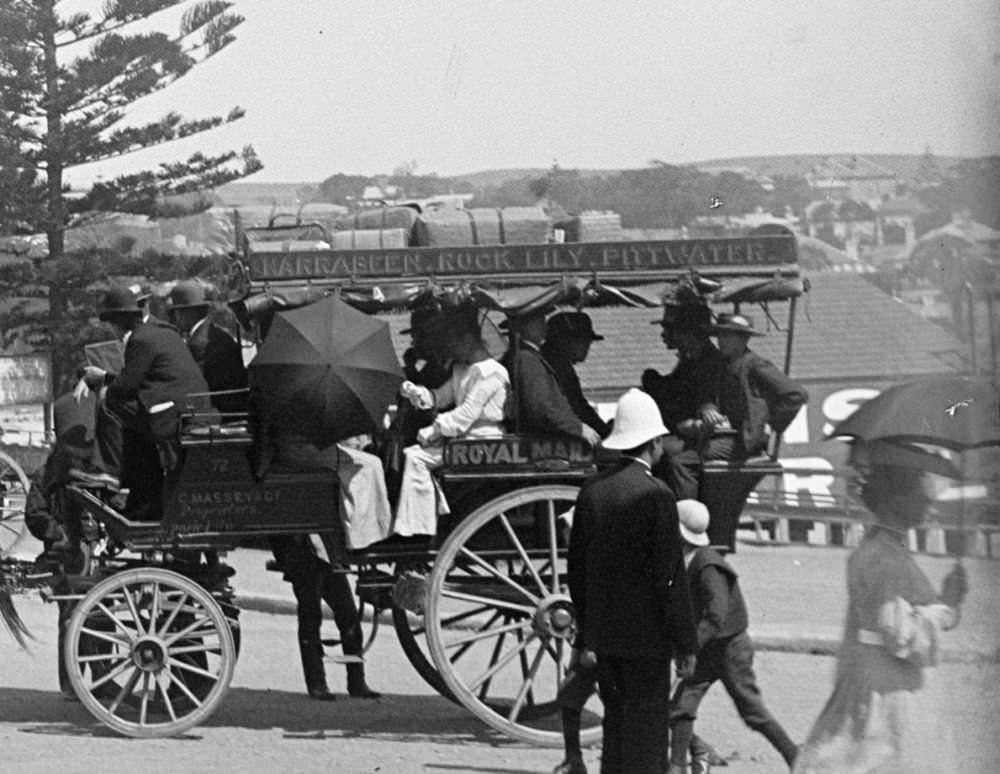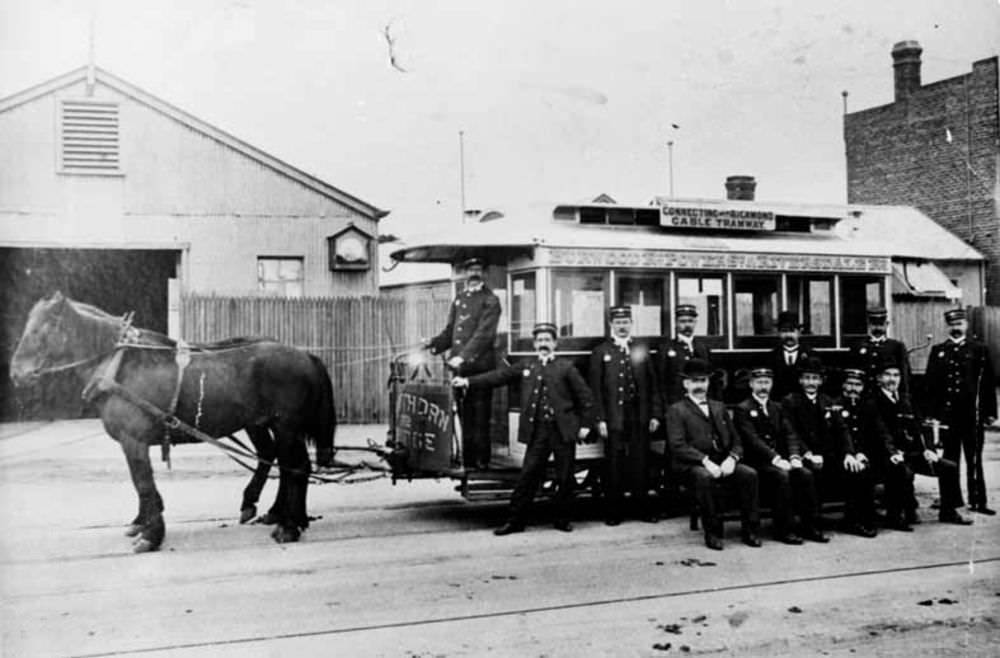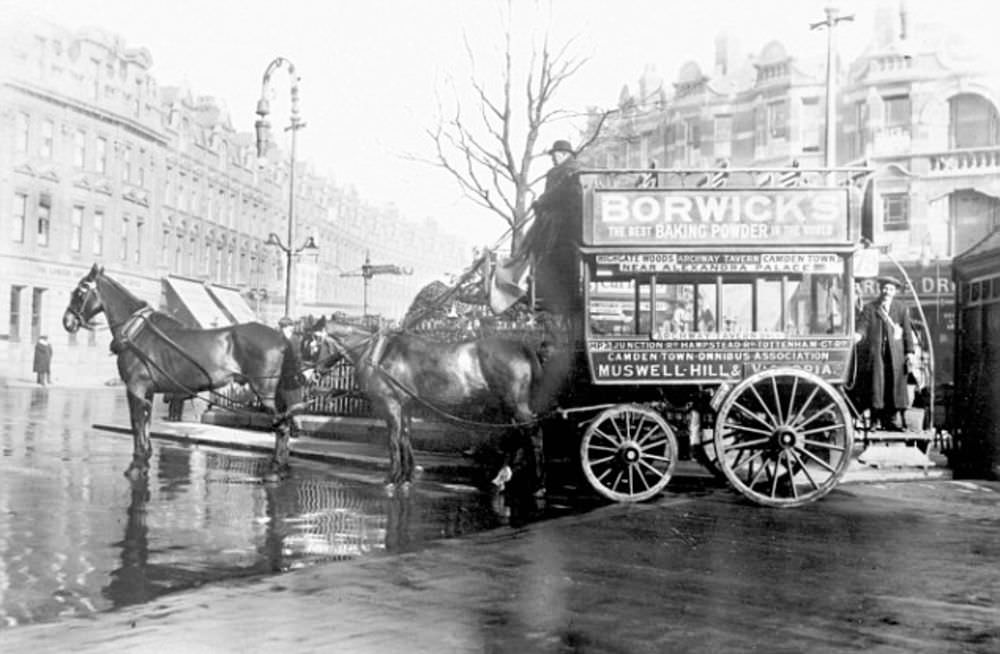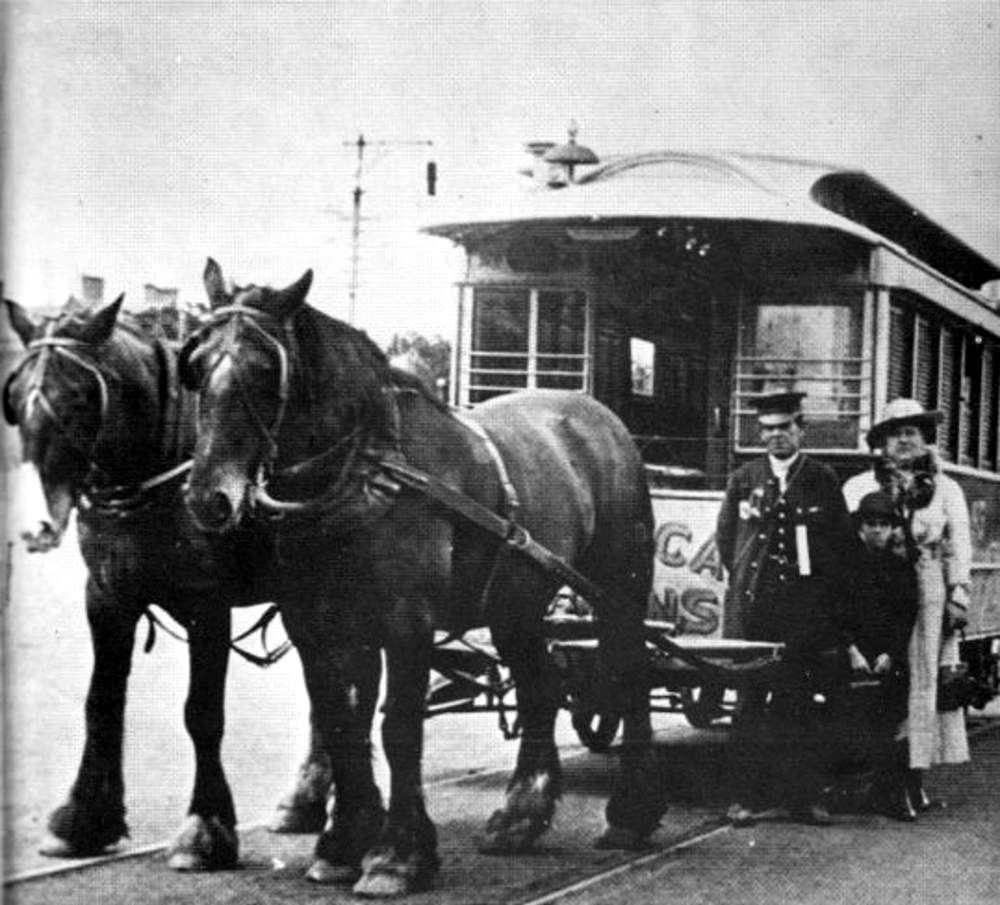The horse-drawn omnibus was a popular mode of transportation in Australia between the late 19th and early 20th centuries. These omnibuses were horse-drawn carts that ran on fixed routes and were operated by private companies. They provided a cheap and convenient way for people to travel between suburbs and the city center and were a crucial part of the urban landscape in many Australian cities.
Before the widespread use of motorized vehicles, the horse-drawn omnibus was Australia’s primary form of public transportation. As cities expanded in the late 19th century, the demand for public transportation grew. The omnibus was seen as a solution to the transportation problem, as it was less expensive than hiring a private coach and more convenient than walking.
The first omnibus in Australia was introduced in Sydney in 1858 and soon became a popular mode of transportation. Omnibuses were introduced in other cities, including Melbourne, Adelaide, and Brisbane, and soon became a ubiquitous sight in the streets. The vehicles were typically pulled by two or more horses and could carry up to 20 passengers at a time.
The horse-drawn omnibus played an essential role in the development of Australian cities, as it allowed people to live further from the city center and still have access to jobs and services. The omnibus was also crucial for the growth of the suburbs, as it allowed people to live in the suburbs and still have access to the city.
However, the motorized bus eventually replaced the horse-drawn omnibus, which was faster, more efficient, and more comfortable. The last horse-drawn omnibus in Australia was retired in the early 20th century, and the era of the horse-drawn omnibus was over.
Today, the horse-drawn omnibus is remembered as an essential part of Australia’s transportation history and as a symbol of a bygone era.


